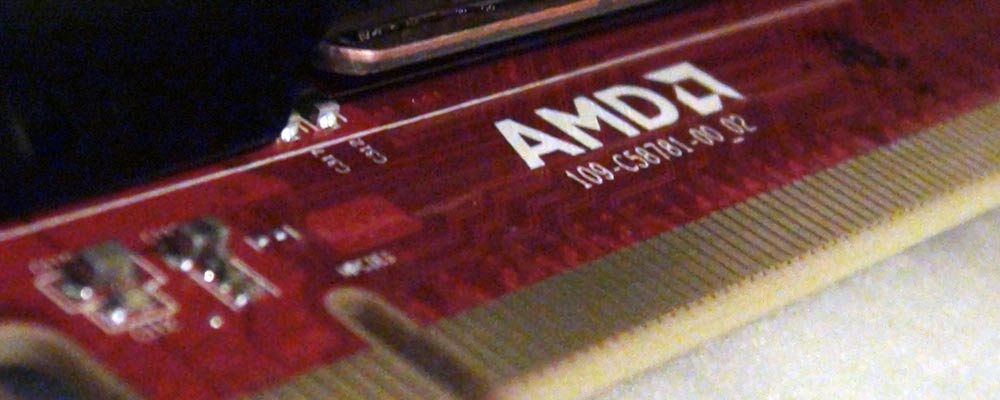 Normally you only need to update the drivers for your AMD FirePro graphics card, but situations do arise when the driver must be removed in order to keep your system configuration clean. Here is how you do it.
Normally you only need to update the drivers for your AMD FirePro graphics card, but situations do arise when the driver must be removed in order to keep your system configuration clean. Here is how you do it.
Let's look at the uninstall-process under Windows 7 64 bit operating system running on an Intel-based workstation.
Where to begin? First open the control panel and find the “Programs” section. Then select the “Programs and Features” panel. Here you will find a list of programs. You are looking for the “AMD Catalyst Install Manager”.
Double-click to open the AMD Catalyst Install Manager. Here you will have the welcome display – click “Next” to proceed. The next pane provides three options.
AMD allows you to uninstall selected parts of the software, attempt to repair an installation, and – what we want – to perform a complete uninstall of the AMD FirePro software components. Select the “Express Uninstall ALL AMD Software” option and then click “Next”.
AMD provides an express option to uninstall all of the FirePro software components on your workstation.
The Install Manager provides a partial list of software which you can uninstall from your system. In our case, you have a FirePro graphics card in your workstation and you will want to uninstall all of the AMD software so that you have a clean system. Click “OK”.
Windows will ask you if you are sure that you want to proceed. You do.
The AMD Install Manager then removes the AMD software. The dialog box displays the progress and the software components being removed.
Last but not least, the AMD Install Manager gives you the option to uninstall the Install Manager as well. Click “Remove” and the final step is taken. When the process is complete, select “Finish”.
If you are ready, then restart your computer. This is the last step. Your workstation will reboot and have a basic Windows display driver. The AMD FirePro driver has been cleaned from your system.
When your workstation restarts, you will have a basic Windows driver and a basic Windows resolution. This is normal. Now you can proceed with the maintenance of your system: installing a new graphics card, updating to a new driver, etc.





